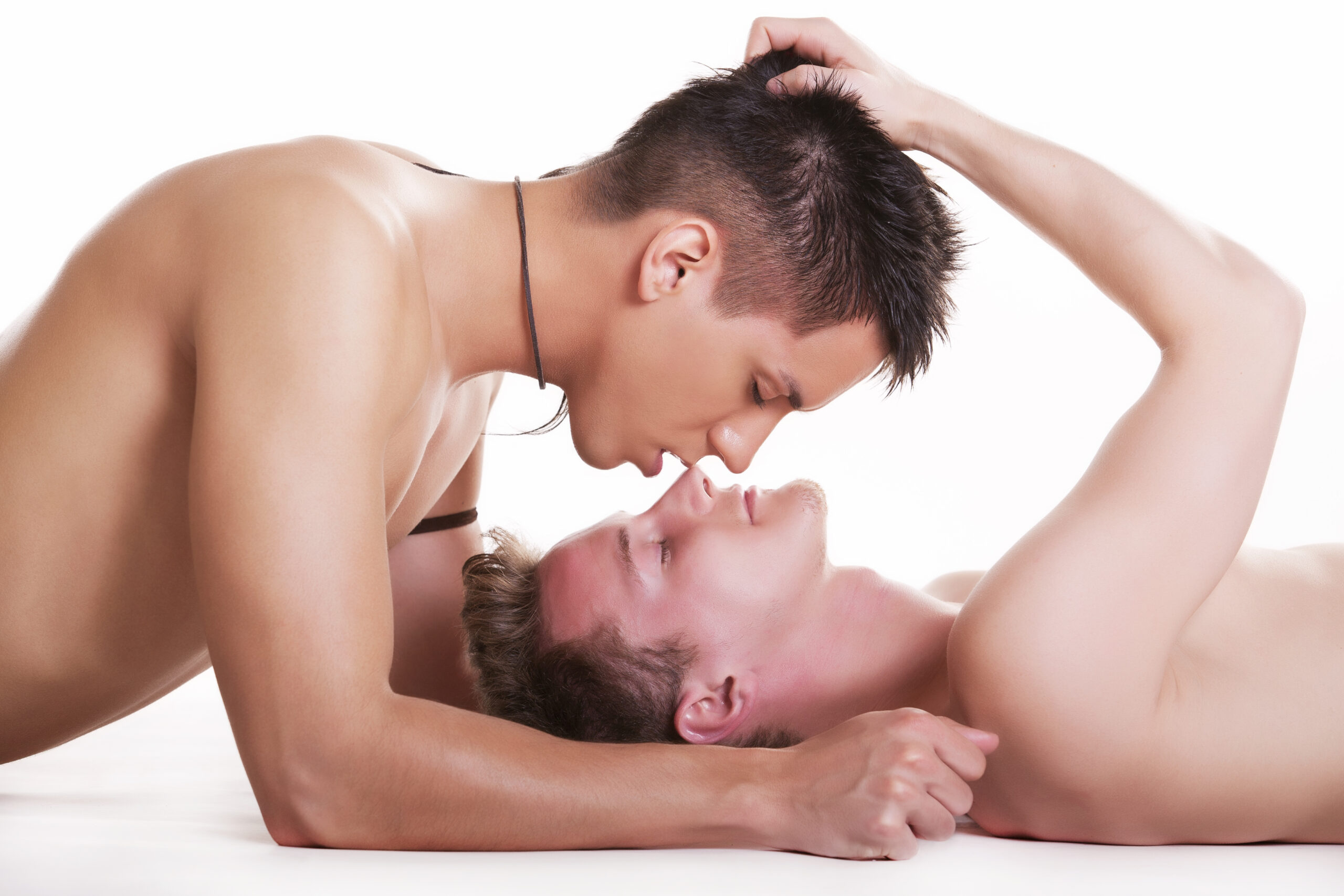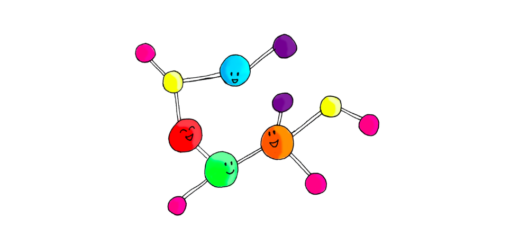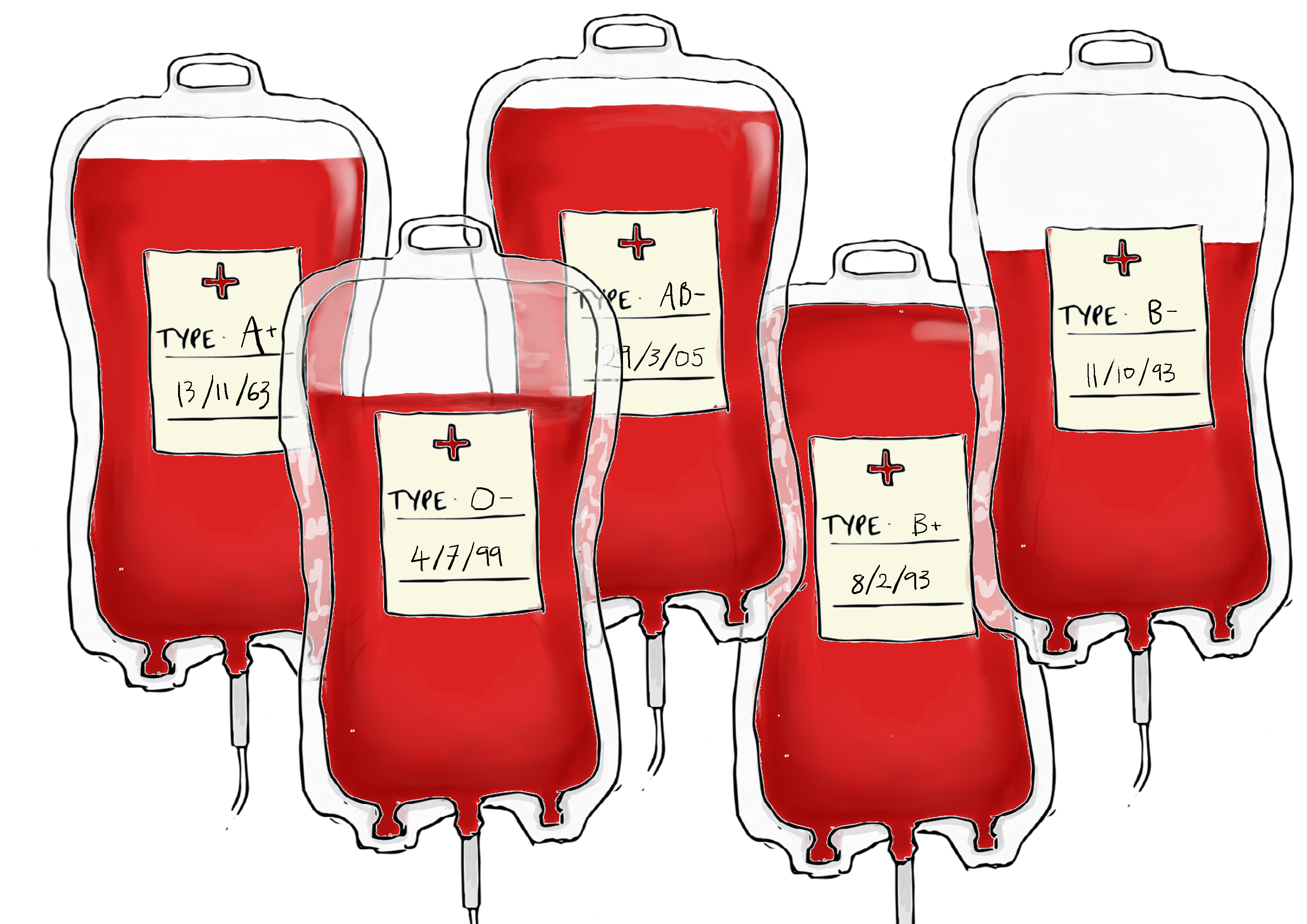Let’s Talk About (Gay) Sex!

Image Credit: wtamas
Neil Kirk examines the need for gay sex education in schools.
On the surface, it appears that the United Kingdom in the 21st century is a tolerant and understanding place for people who identify as Lesbian, Gay, Bisexual or Transgender (LGBT) to live. The past decade has seen an amendment to the Sexual Offences Act (2000) which lowered the age of consent for gay and lesbian sexual activity to 16 — the same as heterosexual sexual activity – and the introduction of the Equality Act (2006) which outlaws discrimination on the grounds of sexual orientation. However, one debate which has made headlines for many years is whether it is morally acceptable to teach about homosexuality and to allow schools to educate about homosexual activities as part of safe sex education. In 2003, Section 28 — a piece of government legislation which banned the ‘promotion of homosexuality’ by local councils (including schools) — was lifted in England and Wales; a similar piece of legislation having been removed in Scotland in 2000. This did not happen without protest and even now, the discussion of homosexuality in schools is still a delicate subject.
Does ‘promoting’ homosexuality turn people gay?
One of the underlying arguments in the ‘keep the clause’ campaign was that homosexuality should not be ‘promoted’ in schools. This suggests a viewpoint that homosexuality is an individual’s choice — a choice that could be made by persuasion or through influence. However, the belief that sexual orientation is purely down to individual choice is one that does not hold up to much scrutiny.
Several theories exist to explain same-sex attraction. Evidence for a genetic cause comes from research which shows that if a male is homosexual, his identical twin is much more likely to also be gay than a non-identical twin is, and a non-twin brother or half-brother is significantly less likely to also be gay. One theory — the ‘fraternal birth order effect’ (see box) — suggests that for each older brother a man has, his chances of being gay increase by around 33%, and that 1 in 7 gay men exclusively owe their sexual orientation to the order of their birth.
Fraternal Birth Order
The fraternal birth order effect is explained as being the result of the progressive immunisation against male-specific antigens the mother is exposed to with each succeeding male foetus she carries. There is no effect on female sexuality.
Interestingly, the effect appears to interact with handedness; the incidence of homosexuality correlated with an increase in older brothers seen only in right-handed males.
Other theories include the belief that, in evolutionary terms, same-sex sexual behaviour is beneficial as a method of forming, increasing and strengthening social alliances which directly contribute to the survival of the males of the species and indirectly increase male reproduction. There is also research to suggest that male homosexuality, rather than a trait which is incompatible with Darwin’s theory of evolution and natural selection (and as a result, should die out instead of being passed on), is the resulting side-effect of a biological process which increases fertility in females. Obviously, these theories don’t explain female homosexuality, suggesting that male and female same-sex orientation are caused by different factors. So, the evidence hints at a genetic, bio-social or pre-natal environmental influence and doesn’t show any real evidence towards homosexuality being caused by educating about safe gay sex.
The only gay in the village?
If time and resources are to be used to educate young people about safe sex, then it’s important to establish the prevalence of same sex attraction and how many people may receive this benefit. Several studies have found that the prevalence of homosexuality changes depending on the criteria used to define it. It has been found that when using the most restrictive definitions of homosexuality, 1% of males and females reported exclusive homosexual experience, interest and identity and when using the most inclusive criteria, 10% of males and 25% of females reported having had some homosexual experience or interest. Other sources also estimate the prevalence of homosexuality to be somewhere between 2–6% of the population.
Should we teach young gay men how to avoid getting pregnant?
The experience of many young LGBT people’s sex education in school is one which has been less than satisfactory. One study, investigating the outcomes of non-inclusive safe sex education, reports young gay people finding this education to be useless, with many reporting having learned about issues such as pregnancy, STIs, HIV and condom use with a sole focus on vaginal sex. They also found oral or anal sex being discussed exclusively in the context of heterosexual couples engaging in alternative sexual activities to prevent pregnancy. This study also reports that young LGBT people often turned to other sources to find information about sex: for many, this was via the internet and such knowledge was gained through exposure to pornography. Other individuals ended up learning about gay sexual activity from their first same-sex partner, who may not always have their best interests at heart.
These findings do not address the needs of those who are not heterosexual and thus highlight the need for more inclusive education.
What are the consequences of not providing this education and support?
To not acknowledge anything other than heterosexuality can lead to young LGBT people experiencing feelings of isolation, inadequacy and that there is something inherently wrong with them. Apart from the obvious consequences such as STIs, there are many issues which, although affecting all young people, may be more prevalent amongst young people with same-sex orientation. Such issues include eating disorders, which are higher in homosexual young males than in heterosexual young males; also young LGBT people are more likely to misuse alcohol, suffer alcohol-related illness and are 4 times more likely to commit suicide than their heterosexual counterparts. Domestic abuse is another problem faced by young people in same-sex relationships and may be exacerbated by the fact that victims have no clear indication of who to turn to for support in such matters or do not know what to expect from such relationships.
There are also issues which are more specific towards those with same-sex orientation. Many may be ostracised by their families or communities as a result of beliefs surrounding homosexuality and thus not have adequate support available to them. Many LGBT people also face the added stresses and pressures which occur as a result of the coming out process and the identification of their own sexuality.
What effect does providing this education have on the heterosexual majority?
It should not be difficult to introduce the topic of homosexual relationships and gay sexual activities into current sex education classes. A Scottish study conducted in 2001 reports that the simple acknowledgement and reference to sexual acts which can be performed by different gender pairings is enough to promote healthy sexual activity and not give preference towards, or discriminate against, one type of relationship. This study also found that acknowledging different types of sexuality helped to reduce prejudice and intolerance towards non-heterosexuals. To devote time and resources to exploring issues relating to the experiences of young gay people need not be at the expense of sex education which benefits their peers who have opposite-sex attraction.
So, in summary — are we doing a disservice to young LGBT people by not providing any information about safe sex education to those who will have same-sex relationships? We’re all likely to know someone that’s LGBT — ask them if learning about gay sex at school made them that way. The likelihood is they were never taught about it at all…











As Schools are meant to educate I think that if you are told about hetrosexual sex you should also include homosexual sex. I was bullied about my assumed sexual orientation. I just accepted what they said . Had I been aware of the mechanics of it and understood it better I might have been able to have made my own choice about coming out and being proud or at least more accepting. Being outed before I even knew what it meant gave me the view that being Gay was something to be ashamed of. I discovered what I wanted to know from porn magazines but this told me nothing about the simple fact that 2 men or 2 women can fall in love with each other in the same way as a man and a women can. Being bisexual only added to my confusion and didn’t even feature until I read about the life of Gerald Durell who had a brother who was bisexual. Being more informed may have embarrased me at 14 but no more than it did being told about how my parents produced me. At the moment I find that I am homosexual , bisexual , asexual and probably hetrosexual depending on the many factors that I take into account . If I have a choice I would have liked the practical side of it to have been taught equally alongside the other options . But ultimately from going to church I feel that it is who you fall in love with and want to be with that matters . The mechanics of sex should be taught at the start to help make informed choices .